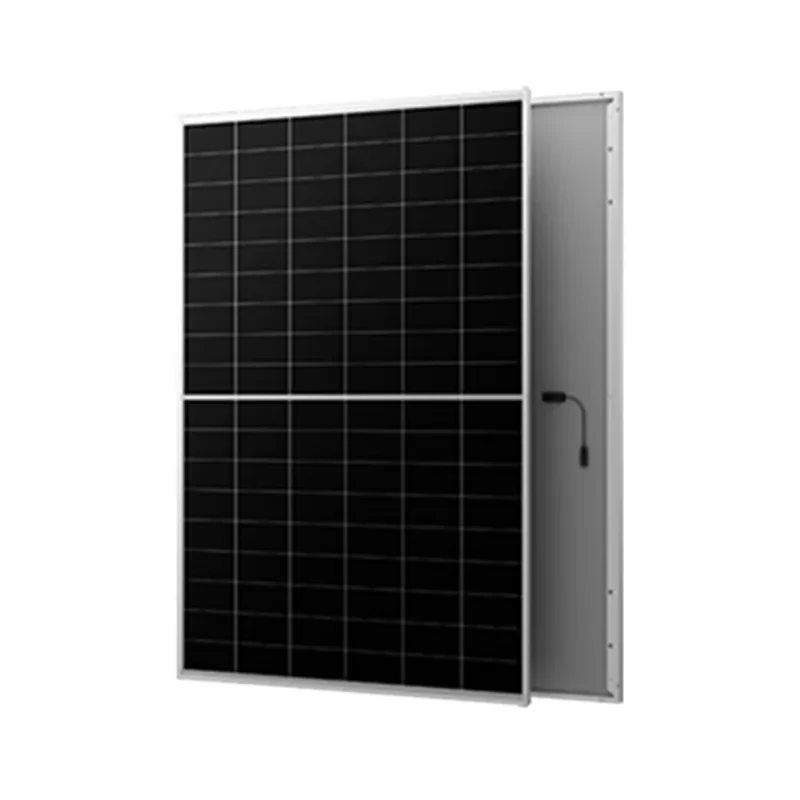Exploring the Advantages of Integrated Solar Panels for Sustainable Energy Solutions in Modern Architecture
The Rise of Integrated Solar Panels A Sustainable Future
In recent years, the quest for sustainable energy solutions has garnered significant attention, with solar power emerging as one of the leading contenders. Among the innovations in this field, integrated solar panels are revolutionizing the way we harness solar energy, offering a blend of functionality and aesthetics that traditional solar panels often lack.
Integrated solar panels, sometimes referred to as building-integrated photovoltaics (BIPV), are designed to serve as both a building material and a solar energy generator. Unlike conventional solar panels that are installed on rooftops or as separate fixtures, integrated panels are embedded directly into the structure of buildings. They can be incorporated into roofs, facades, and even windows, effectively merging solar energy generation with architectural design. This integration not only enhances the aesthetic appeal of buildings but also maximizes the use of space in urban environments where real estate is often limited.
One of the primary benefits of integrated solar panels is their potential to reduce energy costs significantly. By generating electricity on-site, buildings can lower their reliance on grid power, leading to reduced energy bills. Furthermore, the energy produced can often be stored or redirected for use during peak hours, when electricity prices are typically higher. This self-sufficiency in energy generation is particularly advantageous in areas prone to power outages or those with fluctuating energy prices.
In addition to economic advantages, integrated solar panels contribute to environmental sustainability. By harnessing renewable energy from the sun, they help to reduce greenhouse gas emissions and the overall carbon footprint of buildings. As urbanization continues to rise, integrating solar technology into the very fabric of cities presents an effective strategy to combat climate change. Moreover, many governments offer incentives and tax credits to promote the installation of solar technologies, further fostering their growth in the market.
integrated solar panels

However, while the benefits are clear, there are also challenges associated with the widespread adoption of integrated solar panels. The initial installation costs can be higher compared to traditional systems due to the complexity of integration and the advanced technology involved. Additionally, the performance of these panels can be influenced by their orientation and the surrounding environment, making proper installation and positioning crucial for optimal energy generation.
Education and awareness play a vital role in overcoming these barriers. As more architects, builders, and homeowners become informed about the benefits of integrated solar solutions, demand is expected to increase. Collaborations between manufacturers, energy consultants, and regulatory bodies can help streamline the installation process and reduce costs, making integrated solar panels more accessible to a broader audience.
Looking ahead, the future of integrated solar panels appears promising. With advancements in technology, the efficiency and aesthetics of these products are continuously improving. Innovations such as transparent solar panels and flexible photovoltaic materials open up new possibilities, allowing architects to design buildings that fully integrate solar energy generation without compromising on style.
In conclusion, integrated solar panels represent a significant step forward in the renewable energy sector. By combining energy generation with architectural design, they provide a sustainable and aesthetically pleasing solution for modern buildings. As we continue to seek ways to mitigate climate change and create resilient urban environments, integrated solar panels will undoubtedly play a crucial role in shaping a greener future. Embracing this technology not only benefits individual homeowners and businesses but also contributes to a collective movement towards a sustainable planet for future generations.
-
String Solar Inverter: The High-Efficiency Solution for Smart Solar EnergyNewsJul.14,2025
-
Revolutionizing Rooftop Energy with the Power of the Micro Solar InverterNewsJul.14,2025
-
Power Independence with Smart Off Grid Solar Inverter SolutionsNewsJul.14,2025
-
On Grid Solar Inverter: Powering the Future with Smart Grid IntegrationNewsJul.14,2025
-
Monocrystalline Solar Panels: High-Efficiency Power for the Future of Clean EnergyNewsJul.14,2025
-
Bifacial Solar Panel: A Smarter Investment for Next-Generation Energy SystemsNewsJul.14,2025







